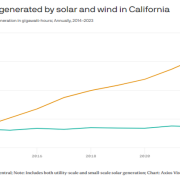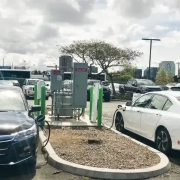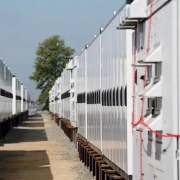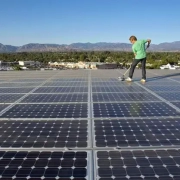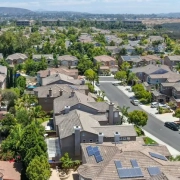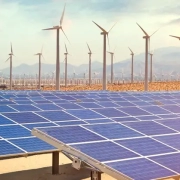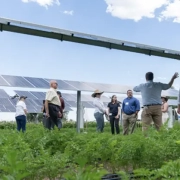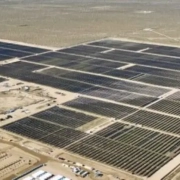California leads the country in a climate-related measure we can be proud of: solar power generation.
Why it matters: Solar and wind power — which produce a small-but-growing share of America’s overall energy supply — provide a bigger share of energy in some states than others.
By the numbers: California generated 68,816 gigawatt-hours (GWh) of electricity from solar power in 2023, up 9% from 2022, per an analysis from the research nonprofit Climate Central.
Click here to read the full article
Source: Axios
—
If you have any questions or thoughts about the topic, feel free to contact us here or leave a comment below.

